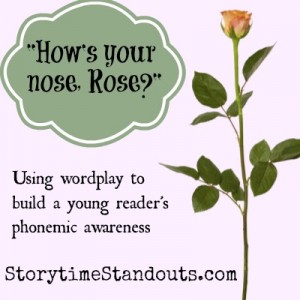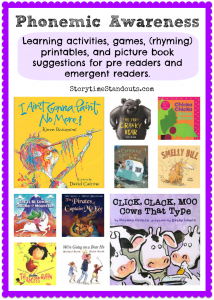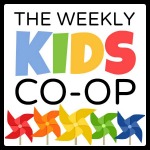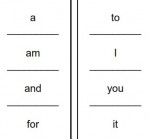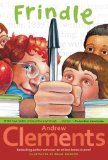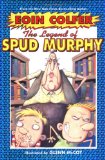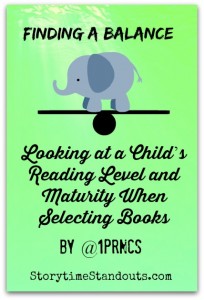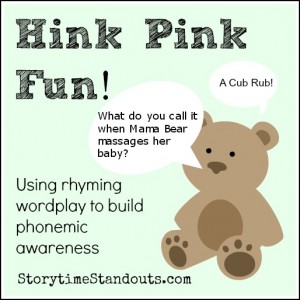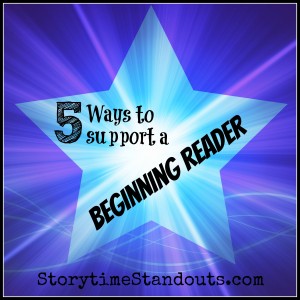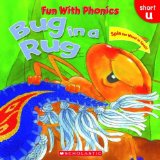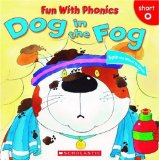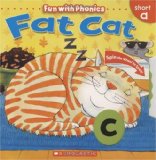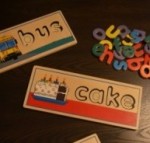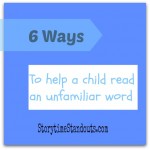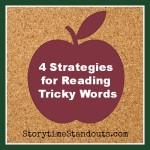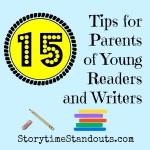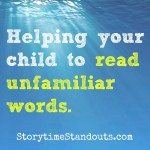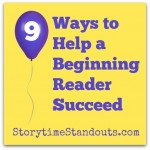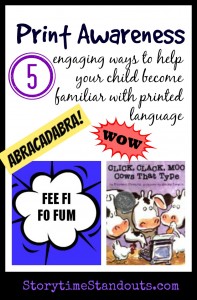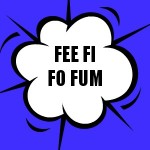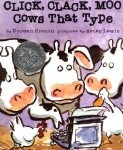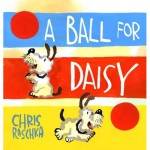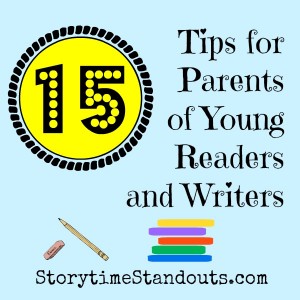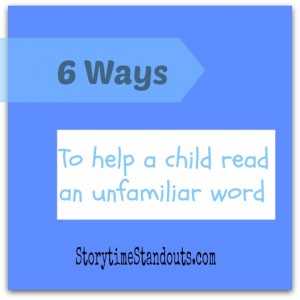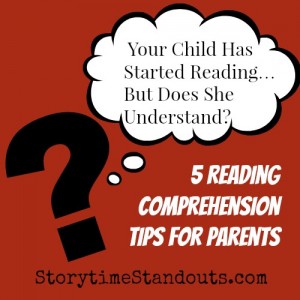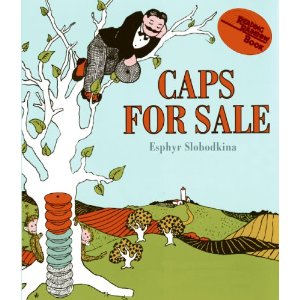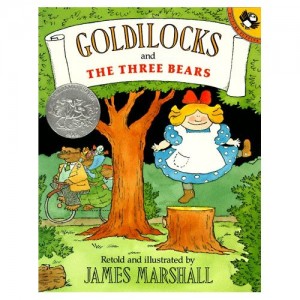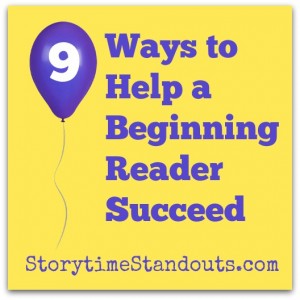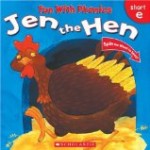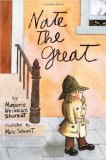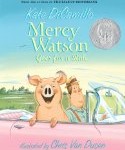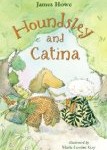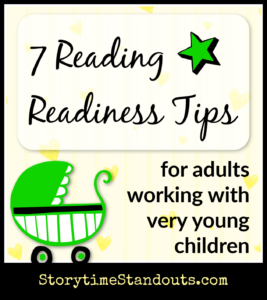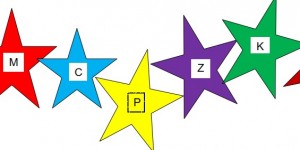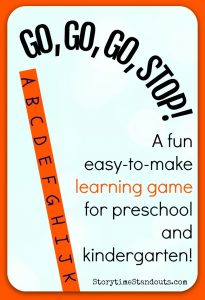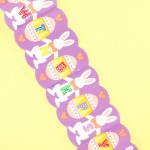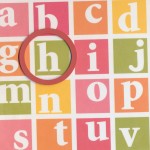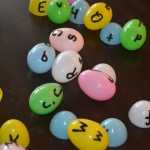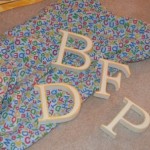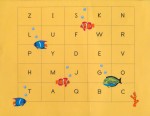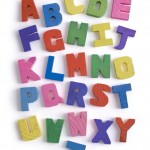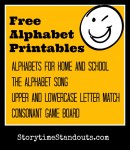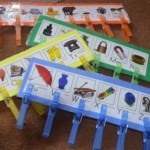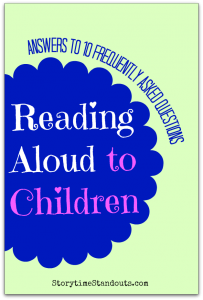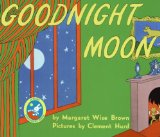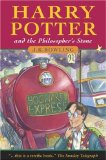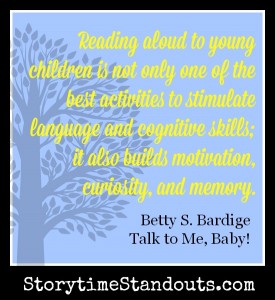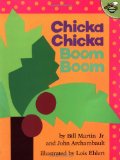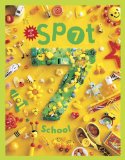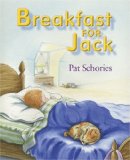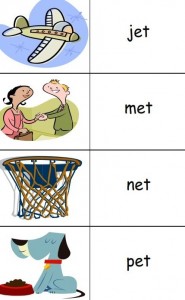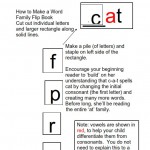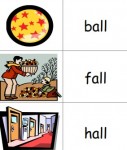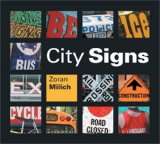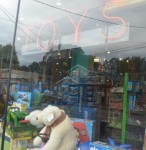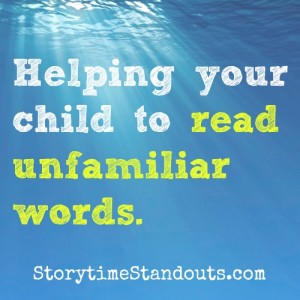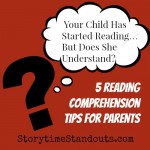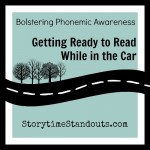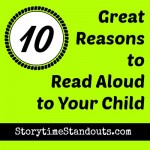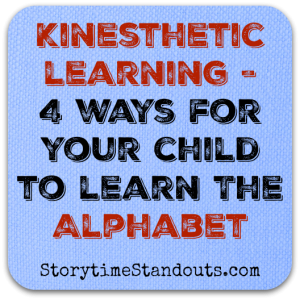Making reading games is a fun, inexpensive way to support young learners
Last month I was invited to make a presentation for the parents at a local preschool. Unlike most of my presentations, this was a hands-on workshop. We used alphabet stamps, pencil crayons
, alphabet stickers
and alphabet foam shapes
to make reading games. This sort of workshop becomes very social – the adults get to play with the craft supplies for a change!
Over the years, I have made many, many pre-reading and reading games. Apart from the fact that the games can be customized with respect to theme and difficulty, from a cost perspective, homemade can’t be beaten!
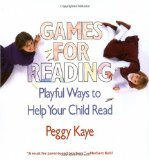 Whenever possible, I like to make activities self-correcting. For example, for some matching activities I put small marks on the back of the playing pieces so that the children can double-check their “matches.”
Whenever possible, I like to make activities self-correcting. For example, for some matching activities I put small marks on the back of the playing pieces so that the children can double-check their “matches.”
I’ve also tried to ensure that many of the games allow children to be active and move while they play and learn. For one of the games, I used green mesh placemats. I cut out lily pads (beige
works for elephant footprints) and then painted letters onto each lily pad / footprint. The clingy nature of the placemat material ensures that the lily pads are not slippery when placed in ABC order on the floor. The children love to hop from one lily pad or one elephant footprint to the next, singing the ABC song.
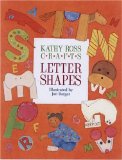 Gift wrap is another great source for learning games. I’ve made games to used with many, many themes – everything from birthday cupcakes to balloons, pond life, western, sports, truck theme
Gift wrap is another great source for learning games. I’ve made games to used with many, many themes – everything from birthday cupcakes to balloons, pond life, western, sports, truck theme and the circus. From time to time, you can find a licensed gift wrap that matches something you are doing in the classroom. I’ve used Cat in the Hat gift wrap
.
My favourite resource for pre-reading craft activities is Kathy Ross. For learners who are a bit older and in need of assistance with reading, Peggy Kaye has great ideas.
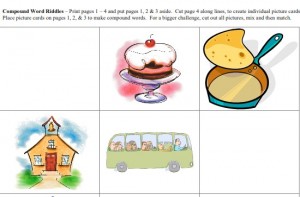 Don’t forget to check out our free, printable reading games.
Don’t forget to check out our free, printable reading games.
Our printable early literacy resources for making reading games are in PDF format, if you don’t already have Adobe Reader, you will need to download it to access the reading game download.
![]()
 Match the Ending Consonant Sound
Match the Ending Consonant Sound
Another way to help children develop phonemic awareness. Matching the ending consonant sound is more difficult than matching the beginning consonant sound.
 Sight Word Domino Game Part 1
Sight Word Domino Game Part 1
Download and print Part 1 of our Sight Word Domino game for beginning readers.
This can be used to help new readers to read high-frequency sight words confidently and fluently.
 Sight Word Domino Game Part 2
Sight Word Domino Game Part 2
Download and print Part 2 of our Sight Word Domino game for beginning readers.
This can be used to help new readers to read high-frequency sight words confidently and fluently.
 Sight Word Domino Game Part 3
Sight Word Domino Game Part 3
Download and print Part 3 of our Sight Word Domino game for beginning readers.
This can be used to help new readers to read high-frequency sight words confidently and fluently.
 Match Upper and Lower Case Letters Part One
Match Upper and Lower Case Letters Part One
Use with Part Two to create a matching activity
 Match Upper and Lower Case Letters Part Two
Match Upper and Lower Case Letters Part Two
 Consonant Game Board
Consonant Game Board
Use a die and markers, move along the "star" path from one star to another. When you land on a star, say the letter name or say the letter sound or say a word that starts with the letter.
 Sight Word Tic Tac Toe
Sight Word Tic Tac Toe
Download and print our Sight Word Tic Tac Toe game for beginning readers.
This can be used to help new readers to read high-frequency sight words confidently and fluently.
 Short Vowel Word Match Game
Short Vowel Word Match Game
Pictures to match with words.
 Animal / Alphabet Match
Animal / Alphabet Match
Free printable animal-theme matching activity for preschool and kindergarten. Match the sound at the start of the animal name with the letter.
A - Anteater
B - Bear
C - Cow
D - Donkey
 Match the Beginning Consonant Sound
Match the Beginning Consonant Sound
Cut the pictures apart and have children match the initial consonant sound - a great way to support the development of phonemic awareness.
Storytime Standouts’ early literacy resources download page
Peggy Kaye’s Games for Reading at Amazon.com
Peggy Kaye’s Games for Reading at Amazon.ca
Kathy Ross Crafts Letter Shapes at Amazon.com
Kathy Ross Crafts Letter Shapes at Amazon.ca


